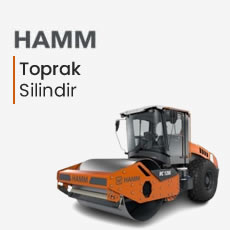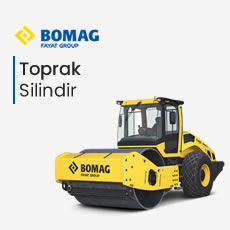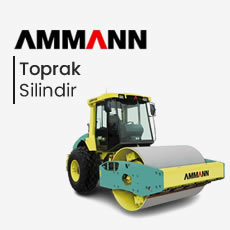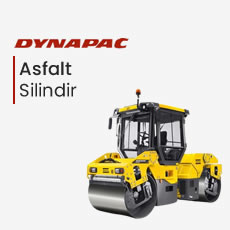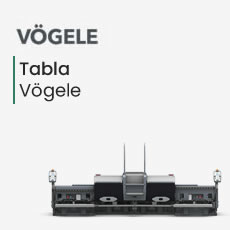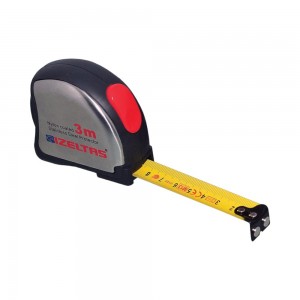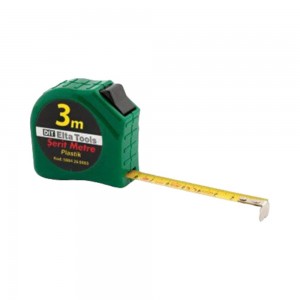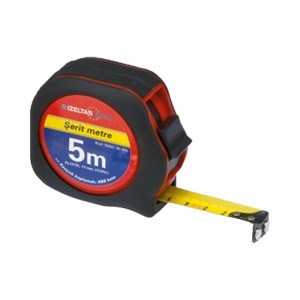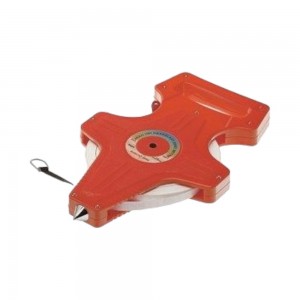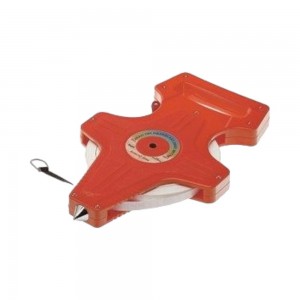Digital and mechanical measuring instruments are tools used to make different measurements and have a wide range of uses in industrial, construction and hobby fields. These instruments may differ in terms of several factors, including measurement accuracy, ease of use, and portability. Both types of measuring instruments have their own advantages and disadvantages.
Digital measuring instruments are electronic devices that display measured values numerically. They usually display measured values via LCD or LED displays. The advantage of digital measuring instruments is higher accuracy and ease of reading. In addition, some models have data recording and communication features, which allows easier management of measurement data.
Mechanical measuring instruments are generally tools with a simple mechanical structure such as rods, rulers, squares and micrometers. These instruments display physically measured values on a scale or ruler. The advantage of mechanical measuring instruments is durability and longevity. Additionally, they may be faster and more practical in some applications.
Both types of measuring instruments are preferred in certain applications. Digital measuring instruments are ideal for situations requiring precise measurements, they are especially widely used in industrial and laboratory environments. Mechanical measuring instruments are generally preferred for simpler measurements, especially used in fields such as construction and carpentry.
As a result, digital and mechanical measuring instruments are both important tools used in different applications. Both types have advantages and disadvantages and are preferred depending on accurate measurement requirements.


















